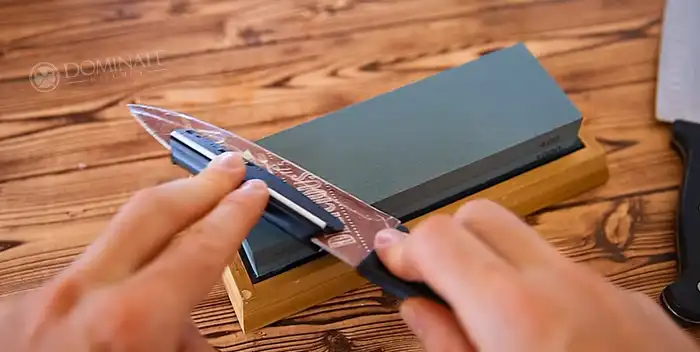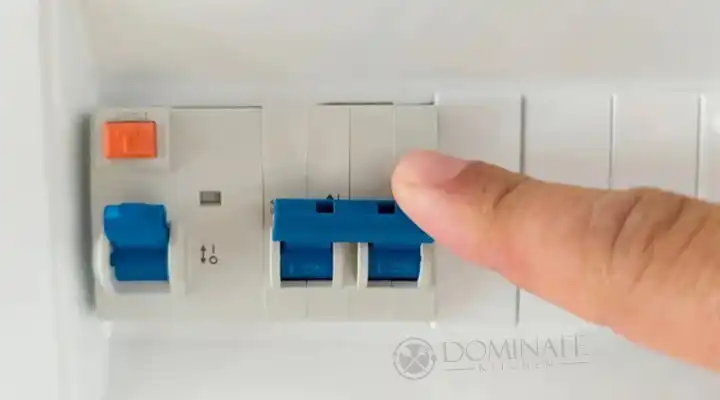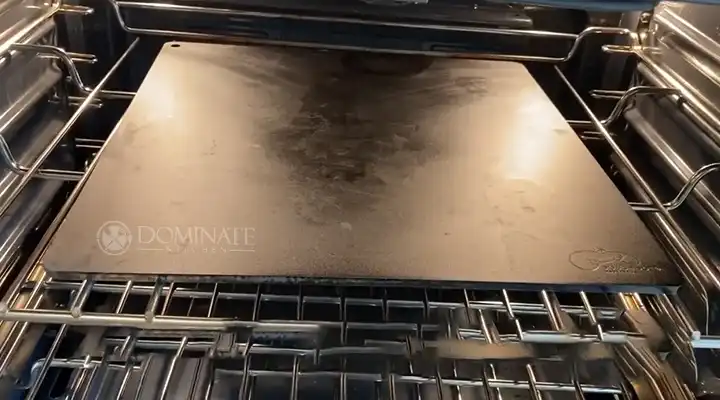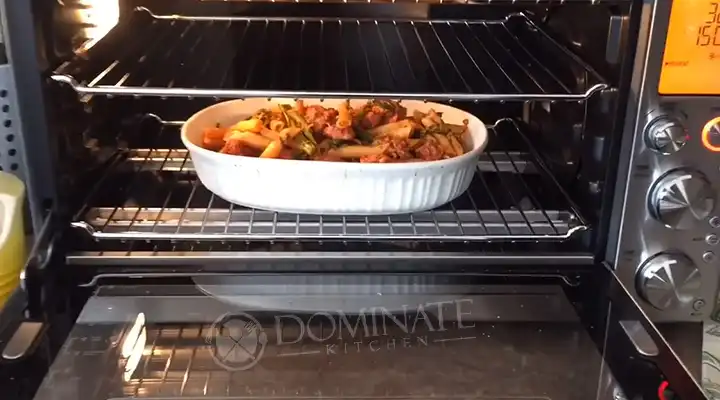What Grit Whetstone for Kitchen Knives? Achieving Razor-Sharp Blades
A sharp kitchen knife is an indispensable tool for any home cook or professional chef. To maintain the keen edge of your knives, you need the right sharpening tool – a whetstone. But with the multitude of grit options available, choosing the perfect whetstone for your kitchen knives can be a daunting task.
Depending on your situation, you can use 1000 to 3000 grit for your kitchen knives. However, there’s more to that.
In this article, we will explore the world of whetstones, demystify the concept of grit, and provide you with invaluable insights on selecting the right grit for different purposes. Additionally, we will offer tips on how to care for your whetstone, answer frequently asked questions, and equip you with the knowledge needed to achieve razor-sharp knives.

What is Grit?
Before diving into the specifics of choosing a whetstone for your kitchen knives, it’s essential to understand the concept of grit. Grit refers to the coarseness or fineness of the abrasive particles embedded in the whetstone’s surface. These abrasive particles are typically made of materials like silicon carbide or aluminum oxide. The size of these particles determines the grit rating, which is measured in microns.
Grit ratings generally range from extra coarse (less than 120 grit) to extra fine (over 1000 grit). Each grit level serves a distinct purpose in knife sharpening, and understanding this is crucial for selecting the right whetstone.
What Grit for Kitchen Knives?
Now that you have a grasp of what grit is, let’s explore the suitable grit levels for sharpening kitchen knives. The choice of grit depends on the condition of your knife and the desired level of sharpness.
1. Coarse Grit (Less than 400 grit)
Coarse-grit whetstones are ideal for knives that have severe dullness, nicks, or damage. They can quickly remove material from the blade, reshaping it and restoring a basic cutting edge. However, using a coarse grit should be approached with caution, as it can remove a significant amount of metal.
2. Medium Grit (400 to 800 grit)
Medium-grit whetstones are versatile and suitable for everyday maintenance of your kitchen knives. They can both repair minor damage and help maintain a sharp edge. This grit level strikes a balance between material removal and fine finishing, making it a great choice for many kitchen tasks.
3. Fine Grit (800 to 2000 grit)
Fine-grit whetstones are excellent for honing and refining your knife’s edge. They remove very little metal but are effective at smoothing out imperfections and refining the edge. This level of grit is perfect for maintaining the sharpness of a well-maintained knife.
4. Extra Fine Grit (Over 2000 grit)
Extra-fine grit whetstones are reserved for those who seek a razor-sharp edge. They are primarily used for polishing and refining an already sharp knife. These whetstones produce a mirror-like finish on the blade and are often the final step in the sharpening process.
What Grit for What Purpose
Understanding the specific purposes for each grit level is essential for effective knife maintenance. Let’s break down the roles of each grit:
Coarse Grit
- Restoring Damaged Blades: When your knife has chips, nicks, or a severely dulled edge, start with a coarse grit whetstone to remove material quickly and reshape the blade.
- Creating a Bevel: Coarse grit whetstones are used to establish the initial bevel angle on the knife, setting the foundation for further sharpening.
Medium Grit
- Repairing Minor Damage: Knives with moderate dullness or minor damage can benefit from medium grit sharpening.
- Establishing the Edge: Medium grit stones are used to create a more defined and sharper edge after the initial coarse sharpening.
Fine Grit
- Honing and Polishing: Fine grit whetstones are perfect for honing the edge, removing micro-serrations, and smoothing out any imperfections.
- Maintaining Sharpness: For regularly used, well-maintained knives, fine grit stones help maintain their sharpness and improve their longevity.
Extra Fine Grit
- Polishing and Finishing: Extra fine grit stones are for those who desire the highest level of sharpness and precision. They create a mirror-like finish on the blade.
- Final Touch: After working through coarse, medium, and fine grits, using an extra fine grit stone provides the ultimate sharpness.
How to Choose the Perfect Grit for Sharpening Your Kitchen Knives
Selecting the right grit for your kitchen knives is a critical step in achieving the desired level of sharpness. Consider the following factors when making your choice:
1. Knife Condition
- For severely damaged or dull knives, start with a coarse grit stone to restore the edge.
- For regularly used knives, a medium grit is often sufficient for maintenance.
- For finishing touches and the highest level of sharpness, use a fine or extra fine grit stone.
2. Knife Type
- Softer steel knives may require a coarser grit due to their quicker wear.
- Harder steel knives can be effectively sharpened with finer grits.
3. Sharpening Skill
- Beginners may find it easier to start with medium grit stones, as they are forgiving and less likely to damage the blade.
- Experienced sharpeners can use a range of grits, depending on the desired outcome.
4. Knife Use
- Knives used for precision cutting, like fillet or paring knives, benefit from finer grits.
- For heavy-duty tasks, like cleavers, you might prefer a medium or coarse grit to maintain durability.
Taking Care of the Whetstone
Proper care and maintenance of your whetstone are essential to ensure its longevity and effectiveness in sharpening your knives. Here’s how to take care of your whetstone:
1. Pre-Soaking
- Some whetstones, especially water stones, require pre-soaking for a specific time before use. Follow the manufacturer’s guidelines for soaking duration.
2. Cleaning
- After sharpening, clean the stone thoroughly with water and a brush to remove metal shavings and debris.
3. Flattening
- Use a stone flattening tool to keep the stone’s surface flat. This prevents uneven sharpening and prolongs the stone’s life.
4. Storage
- Store your whetstone in a cool, dry place, away from direct sunlight. Keep it in its original box or a dedicated case to prevent damage.
5. Honing Oil
- If you’re using an oil stone, apply honing oil to prevent clogging and enhance the sharpening process. Be sure to clean it off after use.
FAQ
Can I use one whetstone for all my knives?
Yes, but for best results, it’s recommended to use a range of grits. A coarse grit for repairs and a finer grit for maintenance will yield superior results.
How often should I sharpen my kitchen knives?
The frequency of sharpening depends on usage. Regular honing with a fine or extra fine grit can keep knives sharp. Sharpen more often if you notice decreased performance.
What’s the difference between water stones and oil stones?
Water stones use water for lubrication and sharpening, while oil stones use honing oil. The choice depends on personal preference and the type of knives you have.
Can I use a honing rod instead of a whetstone for knife maintenance?
Honing rods are excellent for realigning the edge of your knife but may not remove as much metal as a whetstone. Regular use of both can help maintain a sharp edge.
Are there any safety tips for using whetstones?
Always sharpen away from your body, maintain a consistent angle, and be cautious of your fingers. Consider using a sharpening guide for accuracy.
How can I tell if my knife is sharp enough?
Perform the “paper test.” A sharp knife should easily slice through a sheet of paper without tearing or snagging.
Final Thoughts
Selecting the right grit whetstone for your kitchen knives is an essential skill for any home cook or professional chef. The choice of grit depends on your knives’ condition, type, and intended use. By understanding the purposes of different grit levels and following proper care guidelines, you can ensure that your knives stay razor-sharp and ready for any culinary challenge. With the knowledge and confidence gained from this guide, you can embark on a journey to master the art of knife sharpening and elevate your culinary prowess.






![How to Measure Cubic Feet of Microwave? [ANSWERED]](https://www.dominatekitchen.com/wp-content/uploads/2023/09/How-to-Measure-Cubic-Feet-of-Microwave.webp)
